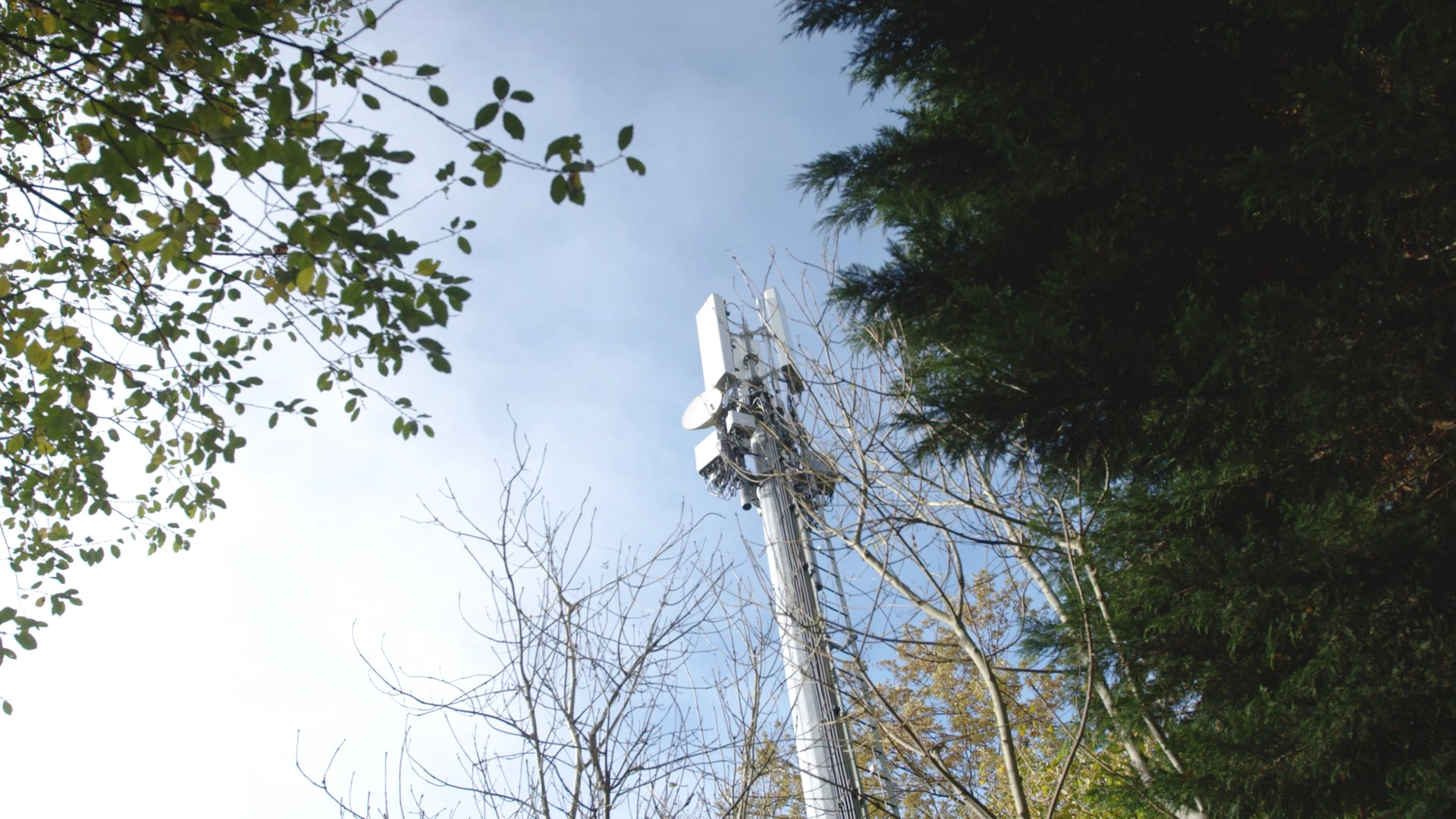Vodafone publishes new paper on Open RAN systems integration
Vodafone today published a paper – see below – which describes the benefits of a new, more collaborative approach when building Open RAN systems, for both equipment manufacturers and operators. The adoption of the recommendations in the paper will make it easier for equipment manufacturers to meet the needs of operators whilst potentially reducing the total cost of associated hardware and software.
The old standard
Currently, mobile base stations are monolithic ‘closed boxes’ from a limited number of vendors comprised of a mix of inseparable hardware and software. Updating the software to meet extra demand from customers requires ripping out most of the existing system.
New path, greater choice, more collaboration
Open Radio Access Network (RAN) is different. This new technology allows Vodafone to mix and match the different software and hardware needed to operate mobile antennas and the powerful computing that sits underneath a mast. Being able to choose from a wider selection of component parts strengthens the supply chain, and it allows companies such as Vodafone to accessorise services for customers’ specific needs and deliver them quicker.
Vodafone’s paper focuses on three key areas: Distributed Lab, Pre-staging, and Operations. It calls for greater co-operation and systems integration across the industry as mobile network operators commit to rolling out Open RAN more widely. Earlier this year, Vodafone pledged to have around 30% of its European network running on Open RAN by 2030.
Distributed Lab
With more vendors contributing to the end-product, it is in everyone’s interest to avoid unnecessary duplication. The trick with Open RAN is to ensure that most of the testing for the different software and hardware from a team of vendors is completed before it is delivered to an operators’ lab for final verification.
Vodafone’s proposal is for the existing operating model to evolve to a distributed and collaborative effort. Instead of each vendor setting up their own centralised lab for all parts of a mobile base station as they do today, there is a coordinated multivendor network of labs – each responsible for part of the radio infrastructure, such as the radio unit or the software. This eliminates duplication when testing software and hardware and reduces the need for specialist engineers, saving both time and resources.
These satellite labs avoid repetition when dealing with individual operators. Vodafone’s own calculations show that cost savings of up to 40% can be achieved for the industry when moving to a distributed system integration lab network.
Pre-staging before deployment
When an operator’s order is received, the components are shipped to a central manufacturing plant, built, and configured before it is then delivered to the relevant country.
This process will reduce the time to deploy a new site once the base station reaches its final location – in a field or on top of a building - meaning Vodafone can more quickly upgrade or extend coverage.
In this scenario, compatibility issues or prolonged software download times are also reduced.
Operations
To ensure seamless integration and interoperability, Vodafone envisages an operator playing a key role with two system integration teams working together with vendors, as well as the local Network Operating Centre, which monitors the performance of a network.
This means that even with multiple vendors, troubleshooting can be coordinated among all suppliers to determine the root cause if an unexpected fault occurs. This also helps to define the engineering support and escalation processes between an operator and a vendor.
In summary
Like selecting a car from showroom forecourt, a customer expects it to be road worthy, ready to take for a spin, and under warranty if something goes wrong. With the right systems integration, Open RAN will enjoy a smooth ride ahead.

























